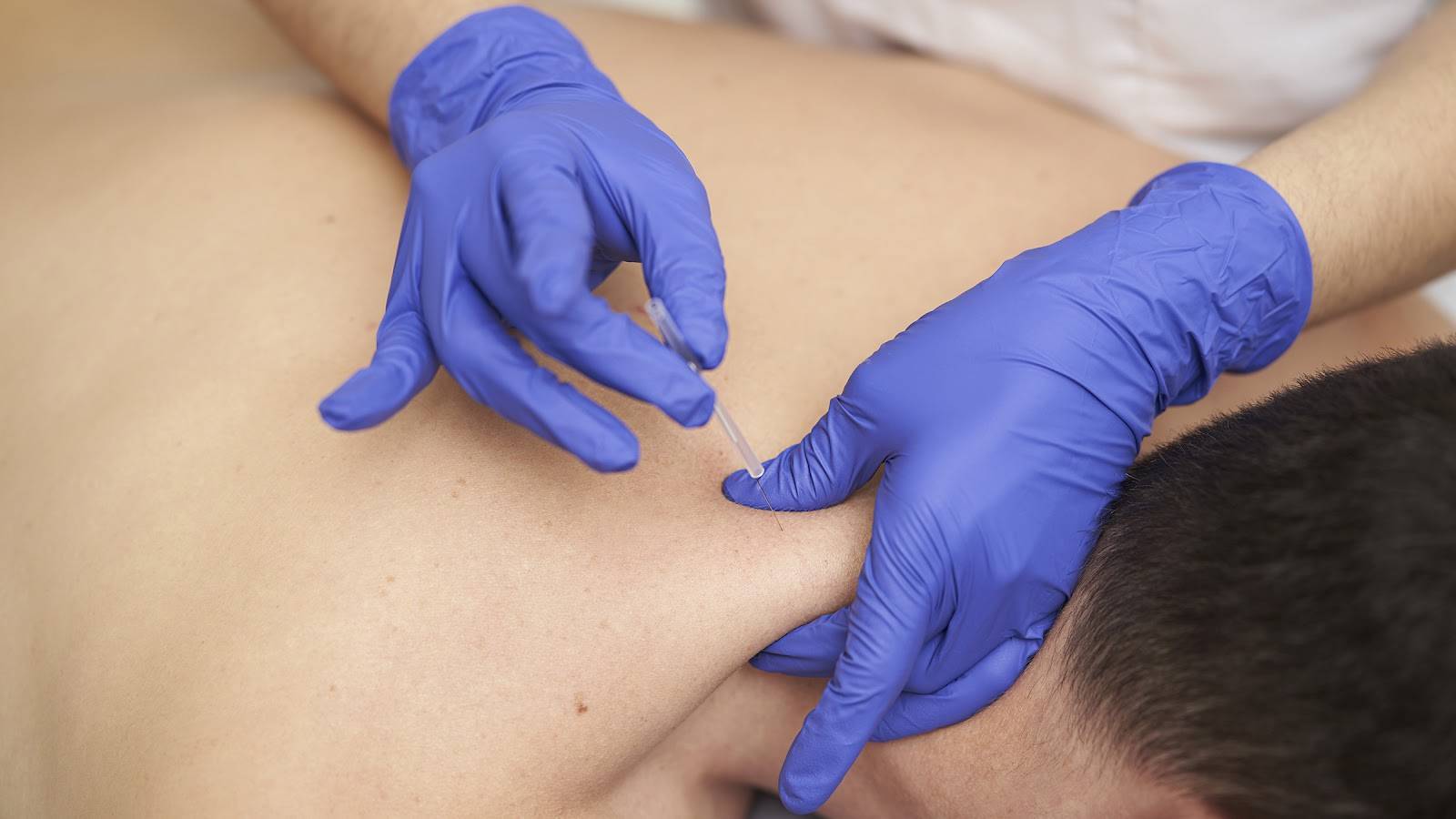What Does Dry Needling Feel Like?
Dry needling is a physical therapy technique that uses fine needles to treat pain. The needles are inserted into trigger points – knotted muscles that cause stiffness and discomfort when touched.
Dry needling may cause a brief sensation of stinging or twitching when the needle hits your trigger point. This is completely normal and should last no more than a second.
Pain
Dry needling is an effective treatment for myofascial trigger points (muscle knots). This procedure reduces pain, normalizes muscle tone and increases mobility – without the need for medication or other modalities.
Physical therapists and licensed acupuncturists use needles to treat myofascial trigger points in your muscles, which may cause pain or dysfunction. They can also target latent trigger points which are not currently causing discomfort but could become problematic later on.
Dry needling may not be everyone’s cup of tea, but it does provide relief to many patients. In fact, dry needling can be an invaluable addition to a holistic treatment plan that incorporates exercise, stretching and other physical therapy techniques.
You may feel some stinging when your physical therapist inserts the needle into a trigger point. Ideally, this should last no more than a few seconds before it subsides.
Discomfort
Dry needling is a technique physical therapists use to reduce muscle pain and increase range of motion. It involves inserting needles into trigger points – knotted or tight muscles.
Your therapist will begin by palpating your skin to locate your trigger point. They then insert a thin needle – enclosed in a guide tube – into this location for relief.
They may adjust the needle slightly to get a “twitch response.” This is an indication that the therapy is working by causing muscle spasm.
This rapid twitch response may be accompanied by mild achy pain that lasts only for a few seconds. Usually, this goes away within 24 hours of treatment. Hydrating, stretching and moving around will help relieve the ache.
Throat Congestion
Dry needling is a technique commonly employed by physical therapists and other healthcare providers to address myofascial trigger points, tension in muscles and fascia, as well as neural/physiological changes. When performed by an experienced provider, dry needling tends to be safe and well-tolerated although it may occasionally produce minor side effects.
In a dry needling session, your provider will use one hand to feel the area and insert a needle surrounded by plastic guide tube into tissue. They may then move the needle around slightly in order to elicit what is known as a local twitch response.
Dry needling causes a quick spasm of your muscles, which can release knotted areas and break the pain cycle. Some people experience improvement in their pain and mobility almost immediately after receiving dry needling treatment; however, others may need multiple treatments for maximum benefit.
These needles are extremely thin, about the same length as a hypodermic needle and they enter into muscle or fascia below skin level. They may stay in for only a few seconds or can be kept stuck using pistoning technique which rapidly moves the needle up and down within your muscle tissue.
Soreness
Dry needling is a non-invasive treatment used by physical therapists and other healthcare providers to release myofascial trigger points – painful, hard knots in muscles that cause chronic discomfort.
Trigger points are commonly located in the fascia, a connective tissue sheet that encompasses and supports muscles, nerves, blood vessels and organs. People suffering from fibromyalgia or myofascial pain syndrome are especially prone to developing these knots.
Dry needling is a technique in which your provider inserts very fine, sterile needles into a trigger point on your body. These stimulate the muscle to contract and then relax, relieving you of any tightness causing discomfort.
If you’re experiencing back pain relief sciatica pain relief or shoulder pain, dry needling could be a helpful treatment option. To learn more or schedule an appointment, visit our home page or contact us today.



